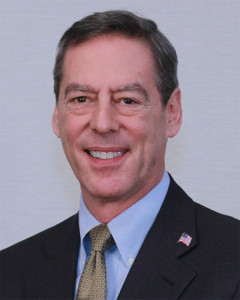This year, green is going to be popular. Vibrant, energizing greenery has been named the Pantone Color of the Year, a 180º turn from last year’s soothing pastels. Unlike Pantone, green building trends in 2017 look a lot like 2016. And yet, as much as they may seem the same, there are twists, turns and turbulence.
For one thing, LEED certifications seem to be slowing down as the global market now significantly surpasses the U.S. in pursuing those certifications. The latest version, LEED v4, was designed to simplify and streamline according to the U.S, Green Building Council. According to the same source “…credits and prerequisites were designed to raise the bar.” There is also no “one size fits all” model. Now, it’s more specialized for industries such as hospitality and healthcare.
There’s been blowback about whether the design and construction industry would and could meet new credit requirements; that changes in materials were too aggressive; that there is not enough customization for climate zones and urban vs. suburban markets, i.e., what works in Alaska is not going to be the same as what works on a zero lot building in New York City.
In speaking with building and interior construction project managers, there is an indication that their 2017 business goals do not include pursuing more LEED-certified work.
A recent “World Green Building Trends Study” from Dodge Data & Analytics supports those market indicators. While the study reported that in the U.S., “An increasing percentage of respondents anticipated that more than 60% of their projects would be green projects,” responders also foresee a stunning decline in projects being certified– “fewer than 15%…plummeted from 41% in 2015 to 27% by 2018.” Most U.S. growth focused on institutional projects and retrofits.
Energy efficiency is still the leader in trends. The reasons why are clear: it’s the single largest and hardest to control cost in office building expenses; there is greater monitoring of usage mandated by law; new technologies are increasing opportunities to reduce energy usage; and building owners are committed to reducing costs.
In 2017, look for more renovations and retrofits of existing building stock that will prioritize energy efficiency; additional incentives and innovations from energy providers; and increased use of solar, whose technologies are rapidly transforming feasibility for office buildings.
The new hot topic is the Passive House Standard. According to a Building Energy Exchange Briefing, “Passive House is a rigorous and voluntary standard for energy efficiency in buildings. It depends on a well-insulated building envelope, air-tight components, and continuous ventilation that can save more than 70% of heating and cooling costs compared to a typical code compliant building.”
Though highly effective and supported by the mayor’s “One City: Built to Last” plan, there are numerous, significant stumbling blocks to achieving Passive House certifications as well as net zero balance in a city as densely populated as New York with so many older buildings. New conservation technologies can be introduced into older buildings, but it is a more complex undertaking than incorporating them into new builds.
Other hot topics are cloud computing that allows companies to monitor and manage assets 24/7 remotely; and water conservation including sub-metering, changing landscapes to indigenous plants, touch-free faucets, gray water reuse and more efficient runoff control.
Lastly, let’s look at health. We’ve all heard of sick buildings but only now is hard evidence coming to light about the benefits of healthier buildings. Day lighting, green plants, ergonomic desks, task lighting, relaxation areas and higher quality green and recycled products all play a part in creating a healthier environment of reduced stress and absences and greater productivity.
Steven Schleider, MAI, FRICS, LEED-AP BD + C, is president at Metropolitan Valuation Services, New York, N.Y.

